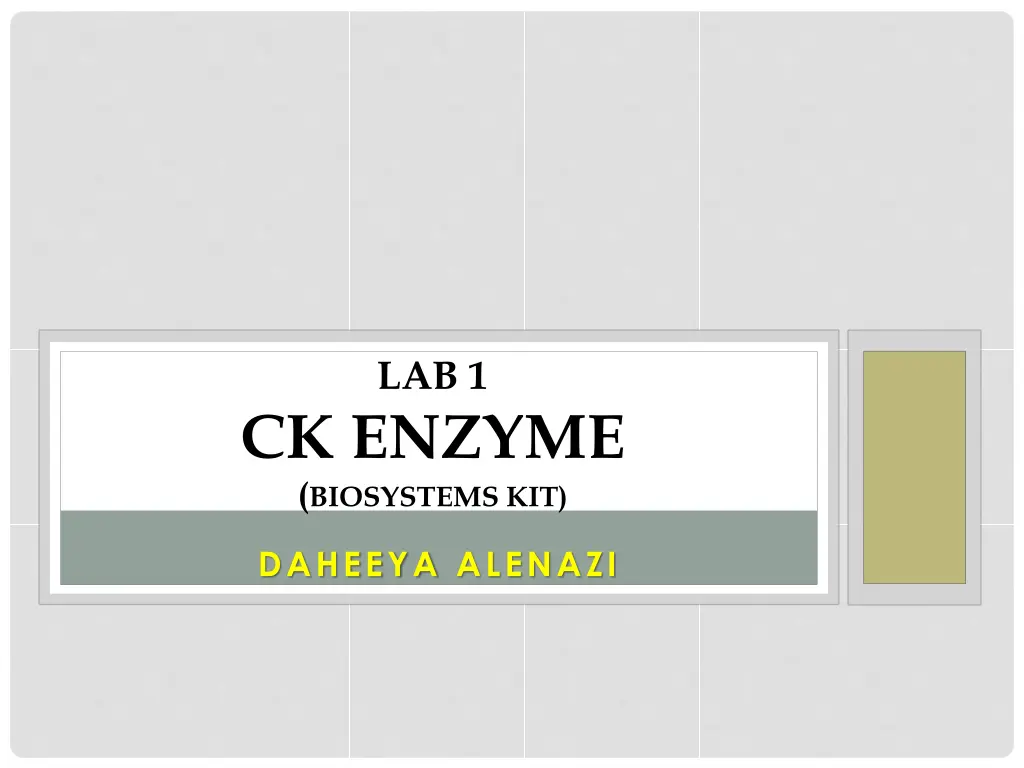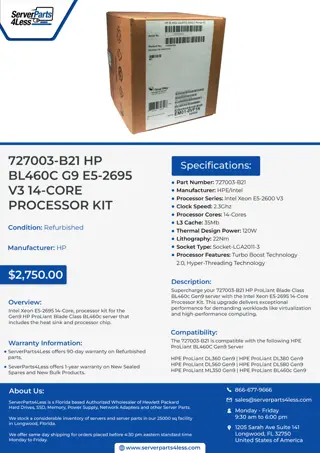
Understanding Creatine Kinase: Enzyme in Muscle Health
Discover the role of Creatine Kinase (CK) enzyme in muscle health, its clinical significance, uses, and the procedure for measuring CK levels in blood samples. Learn about the physiological functions, involved enzymes, and how elevated CK levels indicate muscle disorders.
Uploaded on | 0 Views
Download Presentation

Please find below an Image/Link to download the presentation.
The content on the website is provided AS IS for your information and personal use only. It may not be sold, licensed, or shared on other websites without obtaining consent from the author. If you encounter any issues during the download, it is possible that the publisher has removed the file from their server.
You are allowed to download the files provided on this website for personal or commercial use, subject to the condition that they are used lawfully. All files are the property of their respective owners.
The content on the website is provided AS IS for your information and personal use only. It may not be sold, licensed, or shared on other websites without obtaining consent from the author.
E N D
Presentation Transcript
LAB 1 CK ENZYME (BIOSYSTEMS KIT) DAHEEYA ALENAZI
DEFINITION Creatine kinase is an enzyme found in the heart, brain, skeletal muscle, and other tissues. Increased amounts of CK are released into the blood when there is muscle damage. person may have muscle injury with few or nonspecific symptoms, such as weakness, fever, and nausea.
PRINCIPLE Phosphocreatine + ADP CK creatine + ATP ATP + Glucose HK ADP + Glucose-6-phosphate G6P + NADP+ G6P-DH 6-Phosphogluconate + NADPH +H+ The rate of NADPH formation, measured photometrically, is proportional to the catalytic concentration of CK present in the sample.
INVOLVED ENZYMES CK= Creatine kinase HK= Hexokinase G6PDH= glucose 6 phosphate dehydrogenase
CLINICAL SIGNIFICANCE Its physiological role is associated with ATP generation for contractile or transport systems. Its major function is predominantly active in muscles. Highest activity is present in skeletal muscle, heart, brain tissue. Lesser activity is seen in bladder, placenta, GIT, lung, liver and pancreas.
CLINICAL USE Elevated CK values are observed in disorders of cardiac and skeletal muscles. Is regarded as the most sensitive indicator of acute myocardial infarction and of muscular dystrophy. Sample: Serum or plasma
PROCEDURE Working reagent (mixture of A reagent+ B reagent ) OR (4ml of A reagent+1ml of B reagent 1ml sample 50 ul Mix well and put inside spectrophotometer. Read initial absorbance(A0) at340 nm. then read absorbance(A1) after 1min,then (A2)after 1min,then (A3) after 1min, total of minutes is 3. Calculate the difference between absorbance's and the average absorbance differences per minute ( A/min)
CALCULATIONS A/min x 3333 = U/L of CK Unit per liter(U/L): The amount of enzyme that transfer one micro mole of substrate per minute under certain condition. Reference values: Men 10-65 U/L Women 7-55 U/L






















